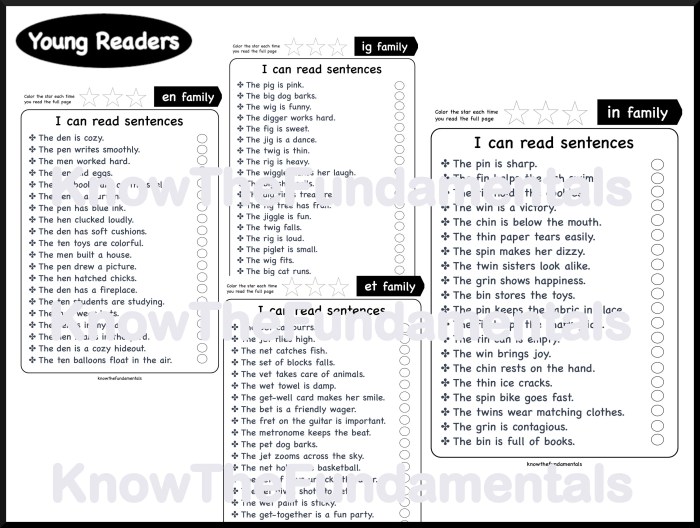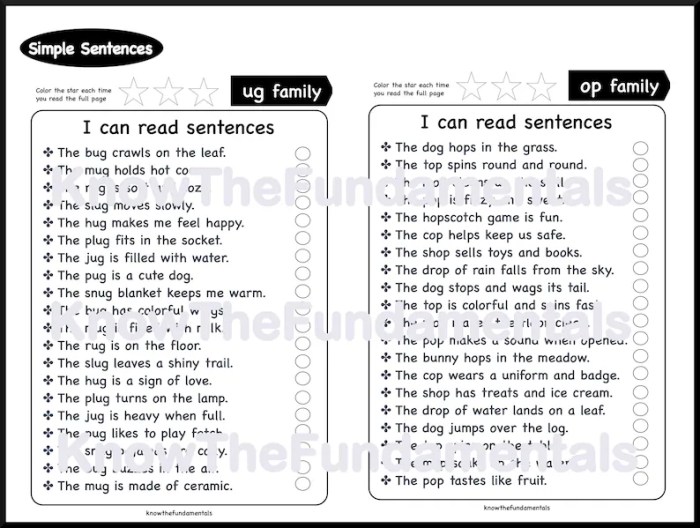Which revision offers the most improvement in sentence fluency? This question lies at the heart of our exploration, where we delve into the intricacies of sentence fluency and its profound impact on the written word. Join us as we embark on a journey to unravel the secrets of crafting sentences that flow effortlessly, leaving a lasting impression on the reader.
Sentence fluency, an essential element of effective writing, encompasses the seamless transition of words and ideas, creating a cohesive and engaging narrative. It is the invisible thread that weaves together thoughts and emotions, allowing them to resonate with the reader on a deeper level.
Sentence Fluency Evaluation

Sentence fluency refers to the smoothness and coherence of written language. It is an essential aspect of writing that enhances readability and comprehension. Sentences with high fluency are easy to read, understand, and process.Fluency can be evaluated based on factors such as sentence length, complexity, and the use of transition words and phrases.
Sentences that are too long or complex can be difficult to follow, while sentences that are too short or lack transitions can appear disjointed and choppy.
Revision Analysis

Revising sentences for improved fluency involves identifying areas where fluency can be enhanced. This can include:
- Breaking up long sentences into shorter ones
- Simplifying complex sentences
- Adding transition words and phrases to connect ideas
- Varying sentence structure
Comparison of Revisions
The table below compares different revisions of a sentence, highlighting the specific changes made and their impact on sentence fluency:| Original Sentence | Revised Sentence | Changes Made | Impact on Fluency ||—|—|—|—|| The student was very intelligent, but he was not always motivated.
| The student was intelligent, but he was not always motivated. | Removed “very” | Improved conciseness and readability || The car was red and shiny. | The car was a vibrant shade of crimson. | Replaced “red” with “crimson” | Enhanced vividness and imagery || The weather was cold and windy.
| The weather was bitterly cold, with icy winds howling. | Added adverbs and descriptive phrases | Increased detail and vividness |
Fluency Measurement

Sentence fluency can be measured using various methods, including:
- Readability scores (e.g., Flesch Reading Ease score)
- Fluency indices (e.g., Lexical Diversity Index)
These measurements can help writers assess the readability and fluency of their writing and identify areas for improvement.
Best Revision Selection: Which Revision Offers The Most Improvement In Sentence Fluency

The best revision for a sentence is the one that most effectively improves fluency while maintaining clarity and coherence. Factors to consider include:
- Readability
- Clarity
- Coherence
- Author’s intent
By weighing these factors, writers can select the revision that best meets their writing goals.
Application in Writing
The principles of sentence fluency evaluation can be applied to improve writing quality in various ways:
- Break up long sentences into shorter ones.
- Simplify complex sentences.
- Add transition words and phrases to connect ideas.
- Vary sentence structure.
- Use active voice whenever possible.
- Proofread carefully to identify and correct any fluency issues.
By following these principles, writers can enhance the readability, comprehension, and overall quality of their writing.
Key Questions Answered
What are the key factors to consider when evaluating sentence fluency?
Sentence length, sentence structure, and the use of transition words are crucial factors that influence sentence fluency.
How can I improve the fluency of my sentences?
Read your sentences aloud to identify any awkward phrasing or choppy transitions. Experiment with different sentence structures and incorporate transition words to enhance the flow of your writing.
What are the benefits of using readability scores to measure sentence fluency?
Readability scores provide a quantitative measure of sentence complexity and can help writers identify areas for improvement, ensuring their writing is accessible to a wider audience.